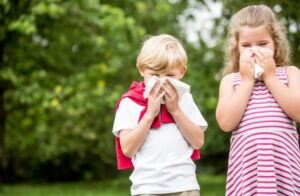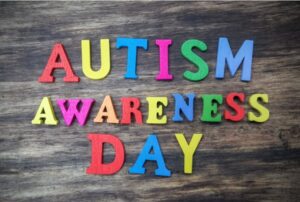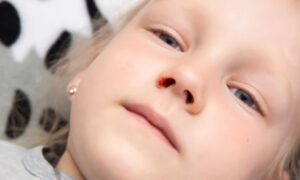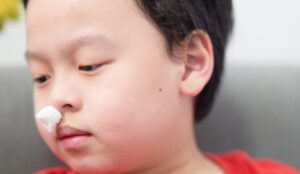Pityriasis alba is a common skin condition in children characterized by round or oval, light-colored patches on the skin, often found on the face and arms. While the exact cause is not fully understood, factors such as dry skin, sun exposure, and a history of eczema are associated with its development. Interestingly, dietary choices can also play a role in managing the symptoms of pityriasis alba. In this article, we will explore how certain foods may worsen or alleviate the condition.
Foods That May Worsen Pityriasis Alba Symptoms
- Processed Foods: Processed foods often contain high levels of additives, preservatives, and unhealthy fats that can contribute to inflammation in the body. This inflammation may exacerbate skin conditions, including pityriasis alba. Foods like packaged snacks, fast food, and sugary beverages should be limited to help maintain healthy skin.
- Dairy Products: Some studies suggest that dairy products, particularly whole milk and cheese, might trigger inflammatory responses in some individuals. This can lead to skin irritation and dryness, potentially worsening the symptoms of pityriasis alba. Parents should monitor their child's reaction to dairy and consider reducing intake if symptoms appear to worsen.
- Gluten: Gluten sensitivity is linked to various skin conditions, including eczema and possibly pityriasis alba. While not all children are gluten-sensitive, those with known sensitivities may benefit from a gluten-free diet. Foods containing wheat, barley, and rye should be approached with caution for these children.
- Sugary Foods and Drinks: High sugar intake can lead to inflammation and skin issues. Foods rich in refined sugars, such as candies, pastries, and sugary cereals, may not only worsen skin conditions but also contribute to overall poor health. Encouraging a diet low in sugar can be beneficial for skin health.
Foods That May Alleviate Pityriasis Alba Symptoms
- Fruits and Vegetables: A diet rich in fruits and vegetables can provide essential vitamins and antioxidants that support skin health. Fruits such as oranges, berries, and kiwis are high in vitamin C, which can promote collagen production and skin repair. Vegetables like spinach and carrots are rich in beta-carotene, supporting skin health and possibly alleviating symptoms.
- Fatty Fish: Fatty fish such as salmon, mackerel, and sardines are rich in omega-3 fatty acids, known for their anti-inflammatory properties. Incorporating these into a child's diet may help reduce inflammation and improve skin hydration, potentially easing the symptoms of pityriasis alba.
- Nuts and Seeds: Nuts and seeds, particularly walnuts and flaxseeds, are excellent sources of omega-3 fatty acids and antioxidants. These nutrients can contribute to healthier skin and may help reduce the severity of symptoms associated with pityriasis alba. Including these in snacks or meals can be a tasty and nutritious choice.
- Whole Grains: Whole grains such as brown rice, quinoa, and whole wheat bread are rich in fiber, which supports overall health and digestion. They can also provide essential vitamins and minerals, which can help maintain healthy skin. Whole grains should replace refined grains in the diet for better skin health.
- Hydration: While not a food per se, adequate hydration is essential for maintaining healthy skin. Encourage children to drink plenty of water throughout the day to keep their skin hydrated and flush out toxins that may contribute to skin conditions.
Conclusion
While there is no one-size-fits-all approach to managing pityriasis alba through diet, making mindful food choices can play a significant role in alleviating symptoms. By limiting processed foods, dairy, gluten, and sugary items, and incorporating fruits, vegetables, fatty fish, nuts, and whole grains, parents can help support their child's skin health. Additionally, maintaining hydration is crucial for overall well-being.
It is essential to consult a healthcare provider or a nutritionist for personalized dietary recommendations tailored to your child's specific needs, especially if there are other underlying conditions. Understanding the connection between diet and skin health can empower parents to make informed choices that promote their children's overall well-being.
References
- "Pityriasis Alba: What You Should Know." American Academy of Dermatology Association.
- "Diet and Skin: The Connection You Need to Know." Healthline.
- "The Role of Diet in Eczema and Other Skin Conditions." National Eczema Association.
- "Understanding Pityriasis Alba." Dermatology Times.













